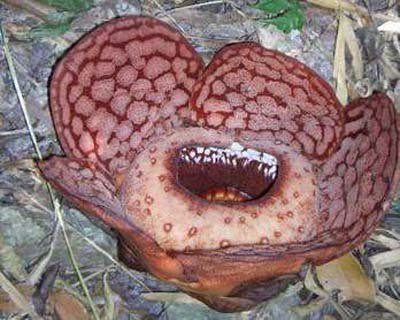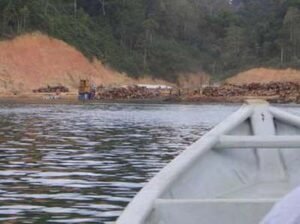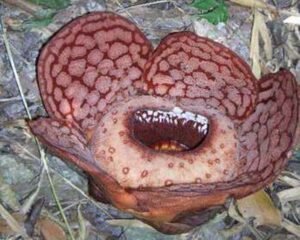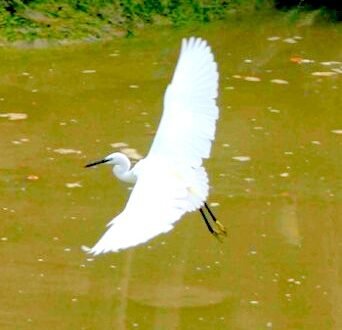
Royal Belum Park
The State of Perak has decided to preserve the Belum and Temenggor forests as a permanent nature reserve for research.
Department of Wildlife and National Parks
Phone: 05 – 527 3411
Perhilitan Perak: 05-7911164
GETTING THERE
The nearest towns to Belum are Grik in Perak and Jeli in Kelantan, which are connected by the scenic East-West Highway. Driving from Kuala Lumpur to Belum takes about six hours by North-South Highway and exit at Kuala Kangsar. Head for Gerik and then to Pulau Banding.
Belum is also accessible from Baling in Kedah via Pengkalan Hulu from the north. From Kota Baru, it’s a three-hour drive. The nearest railway station is Kuala Kangsar but the station is still a long way off. From there take boat ride to the campsite.
THE ROYAL PARK AT A GLANCE
Size: 117,500 hectares
Activities: like fishing, kayaking, jungle walking, bird watching and camping.
Flora and Fauna : The Belum forest are rich by rare rainforest hardwoods such as Meranti, Cengal, Keruing and Merbau species, these large hardwoods have survived 150 to 600 years with poor condition soil, lack of nutrients and weather changes. The forest also showcases the flora of the northern region, which has distinct Myanmar-Thai influences. Species like rafflesia, wild ginger, orchids, wild flowers and Tongkat Ali can be found here.It is also home to some 25 rare species of flies, and a few endemic prawns that have live here for centuries that cannot be found in any other part of the country.
Belum forest is facing dangers from excessive poaching and the loss of habitat. Local poachers and those from Thailand are the main threat. Wildlife trafficking is becoming a serious problem and more so for the meat and exotic pet market. There are an estimated 60-70 tigers roaming around in Belum, over 100 Seladangs survive here in groups of single males and their harems, the Sumatran Rhinos are estimated at 160 individuals and there are over 100 Tapirs. Elephants live in large tight knit families, Binturongs come out at night, Malayan Sun Bears scale trees for huge honey combs and the Serow hide away in the limestone hills. The wild fishing cats sit patiently for its food to swim down the streams as the wildcats crouch in thick undergrowth. Here, so many species share space in Belum such as Leopard Cats, Clouded Leopards, Black Panthers, Vipers, Flying Foxes, Otters, Porcupines, Armadillos, Reptiles, Dholes and 200 species of colourful birds.
It is estimated that there are at least 60 salt licks scattered around the Belum area. These Salt licks are usually visited by all types of animal tracks. The Sambar Deer, the Kijangs, Tapirs, Elephants, wild boars, the Sumatran Rhino, Seladang and the Malayan Gaur – come down to the licks, usually under the cover of the darkness. The animals also smear mud onto their bodies to clear themselves of parasites, boar ticks and sometimes to seal open wounds from infection and contamination. Males often urinate and defecate around the salt lick area to mark out their territories as they leave.
Ancient limestone hills in Temenggor Lake believe to be 220 million years old. Some of the limestone islands at the southern reaches of the lake were once majestic rock cliffs dating back to 400 million years ago; before the Jurassic era. These are said to be among the oldest outcrops in Malaysia.
For a visit to the Terhong Waterfall, you can depart to Post Chiong on a 2 hours boat ride and trek 4 hours to the waterfall via Terning, remembering to visit the Pering saltlick along Sungai Terming and Rafflesia.
[tab]
[/tab]
Pictures by Dev Mahendra







